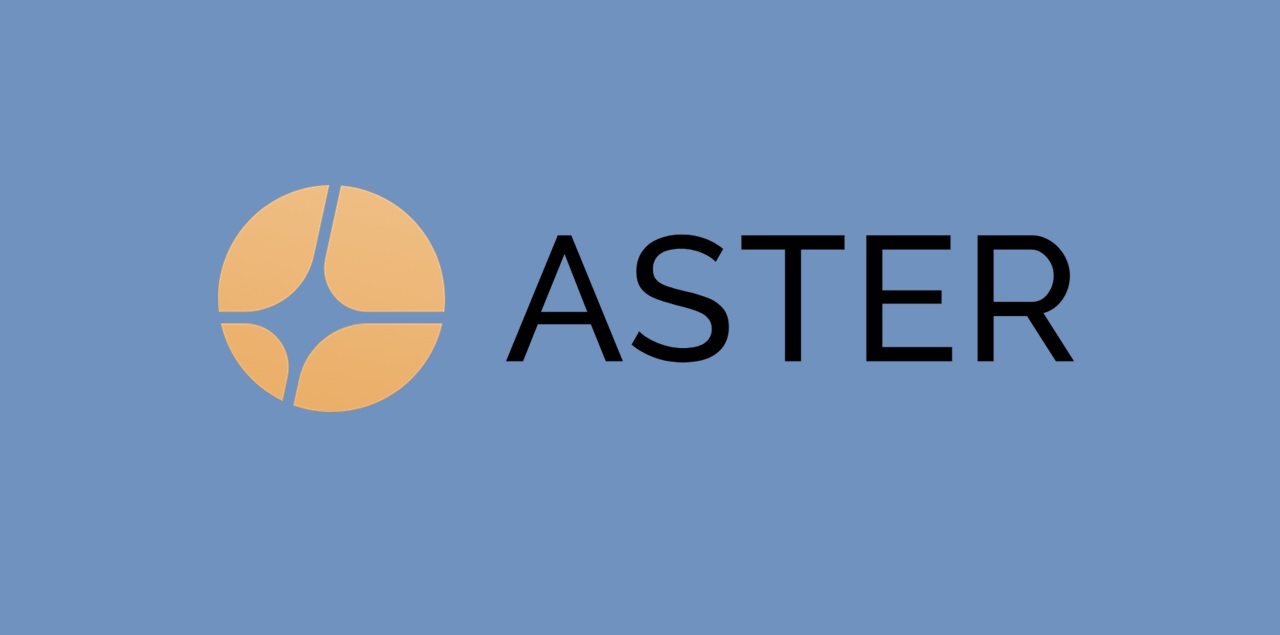Seoul, South Korea, September 23rd, 2025, Chainwire
Roam, the global open wireless network, is taking centre stage at Korea Blockchain Week 2025 (KBW2025). As a silver sponsor of the main conference, IMPACT, Roam is showcasing how it connects OpenRoaming WiFi, smart global eSIM, and blockchain-based IDs to deliver seamless, secure, and community-driven internet access.
From the very beginning, Roam’s ultimate goal has been to make WiFi access as seamless as possible through decentralized solutions that empower individuals. Its success lies in delivering real-world services that anyone can use—welcomed not only by crypto enthusiasts but also by everyday users who simply want simpler, cheaper connectivity.
Why This Message Connects in Korea
Korea already leads in telecom metrics—fast broadband, widespread mobile access, and one of the highest rates of international travel per person. According to Roam Explorer data, the country also ranks among the world’s leaders in Roam WiFi hotspot density, and Korean users form one of Roam’s most active communities.
According to Roam Explorer, Korea ranks among the top regions for Roam WiFi hotspot density, with brighter map colors showing stronger coverage. (source: Roam Explorer)
Roam’s eSIM lineup—Global, Premium, Enterprise, and Partner eSIM—fits naturally with these habits. All plans feature zero roaming fees, instant activation, and data that never expires. A standout advantage is that Roam eSIM charges at local rates across 160+ countries, helping travellers cut monthly communication costs by up to 80 %. Flexible payment options—from credit and debit cards to stablecoins and the $ROAM token—make staying connected simple for both Web2 and Web3 users.
Roam also provides two WiFi 6 routers—the Rainier MAX60 and Baker MAX30—for people who want to help build the network itself. These routers strengthen local OpenRoaming coverage, support more devices at higher speeds, and connect directly to the Roam ecosystem. By hosting a router, households, businesses, and community spaces can actively validate coverage and participate in Roam’s incentive programs within a clear, usage-based framework.
Beyond Connectivity: Data, AI, and Everyday Experiences
Roam sees its network not just as internet access, but as the foundation for AI-powered services. Picture arriving at an airport: Roam already covers connectivity through eSIM and WiFi and is preparing payment tools like Roam credit cards. The next step is AI that can instantly provide personalized local information—customs, transport, and travel tips.
Roam is also turning what used to be closed, carrier-owned data into a community-built resource. Using secure, encrypted data verified by Decentralized Identifiers (DIDs) and Verifiable Credentials, Roam supports privacy-preserving use of “who–where–when” data. Backed by partners including Samsung, this paves the way for AI agents that can move seamlessly between devices—from phones to smart homes—without manual setup or privacy risk.
A Web3 Telco for Everyone
Roam calls itself a Web3 telco in your pocket—a service where users participate, contribute, and are acknowledged. Adding WiFi spots, deploying routers, using eSIM, or simply checking-in are all actions recognised through Roam Points, Stickers, and the $ROAM token.
Behind this free access lies a diverse and transparent business model. Roam generates revenue from eSIM services, CDN and cloud storage, IP-based connectivity solutions, and in-app activities like privacy-respecting ads and partnered games. This approach lets the network grow without long-term contracts or high monthly fees, while ensuring that participation rewards are usage-based and clearly explained—fully aligned with local financial laws and regulations.
This collaborative model is gaining global recognition. Messari’s 2024 annual report highlighted Roam when it had just 1 million WiFi nodes. Today, Roam’s network has expanded to 6 million active WiFi nodes and over 3 million registered users, making it one of the world’s largest decentralized wireless infrastructures.
Roam’s presence at KBW2025 IMPACT underscores its commitment to Korea and its vision for an open, user-driven, AI-ready wireless network. From travellers to developers and everyday users, Roam is inviting everyone to experience how a Web3 telco in your pocket can make global connectivity simple, secure, and community-powered.
About Roam
Roam is a leader in decentralized connectivity, operating the world’s largest open wireless network with over 10 million hotspots in 190 countries and 3 million app users. Through WiFi OpenRoaming and eSIM services powered by blockchain credentials, Roam delivers seamless, secure, and affordable global internet access. Recognized as a pioneer in the DePIN sector, Roam has provided trusted eSIM connectivity for major Web3 events, including Consensus Hong Kong 2025, the Hong Kong Web3 Festival 2025, and the R3AL WORLD Summit.
For More Information, Please Visit:
Download the App: weroam.xyz/join_us
Website: https://www.weroam.xyz/
X: https://x.com/weRoamxyz
Telegram (Korea): https://t.me/RoamKoreaOfficial
Contact
Nigel Nie
[email protected]
The post Roam Joins KBW2025 IMPACT as Sponsor and Shares Vision for a Global Open Wireless Network appeared first on Finbold.
Source: https://finbold.com/roam-joins-kbw2025-impact-as-sponsor-and-shares-vision-for-a-global-open-wireless-network/


